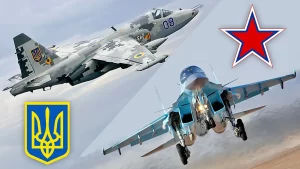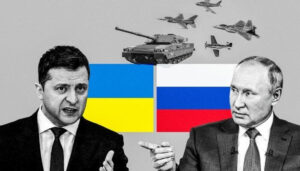

Pics Courtesy: Internet
Q1. Will Xi Jinping come back for a third term?
A1. At the moment his chances are 50:50.
- He is too aggressive in his approach.
- He is a man in a hurry.
- He has made too many enemies internally and externally.
- His performance in the analysis of China’s two drivers:-
- Get lost glory back – has done fairly well (made gains in HK, SCS, disputed territories, etc).
- Avoid century of humiliation – has not faired too well (made too many enemies, has played his cards a bit early, and has encouraged anti-China groupings).
- The internal dynamics of China is a “Game of Thrones”. Fault lines are appearing, and Voices of dissent are rising.
- It is wait and watch for signs in the coming days.


